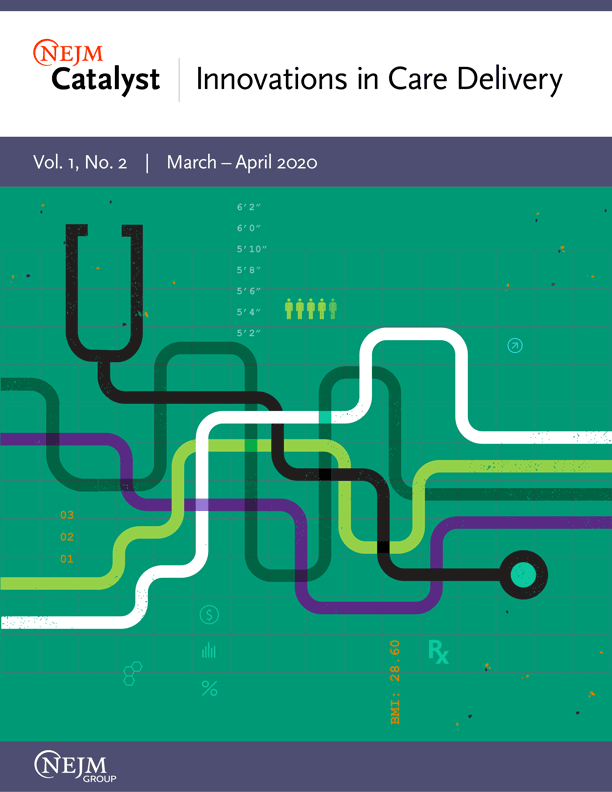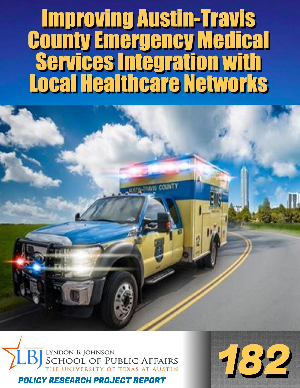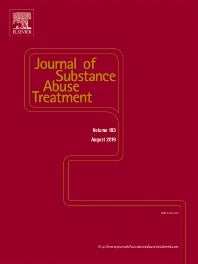Best practices for a COVID-19 preparedness plan for health systems

To combat the COVID-19 crisis, health systems leaders need a clear, systematic approach to quickly evaluate critical needs and identify areas of weakness. In addition, to flatten the curve of the rates of infection and hospitalization, health systems need to proactively deploy a robust preparedness strategy. This compilation of best practices for COVID-19 preparedness is based on established guidelines and firsthand experiences on the front lines of the COVID-19 pandemic. The cornerstones of an effective COVID-19 preparedness plan for a health system are: (1) mitigating local transmission; (2) conserving, supporting, and protecting staff; (3) eliminating nonurgent strains on the system; and (4) coordinating communication. Health systems should not wait until they face a surge in COVID-19 cases to implement a comprehensive response. By acting early, health systems may avoid being crippled by crisis and continue to be operational and provide critically important care.




